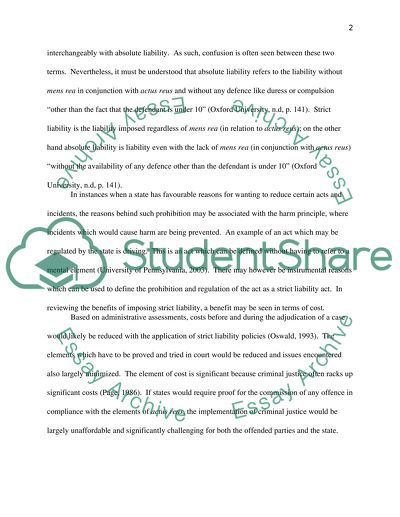Cite this document
(“Strict Liability Essay Example | Topics and Well Written Essays - 2500 words”, n.d.)
Retrieved from https://studentshare.org/law/1394217-strict-liability
Retrieved from https://studentshare.org/law/1394217-strict-liability
(Strict Liability Essay Example | Topics and Well Written Essays - 2500 Words)
https://studentshare.org/law/1394217-strict-liability.
https://studentshare.org/law/1394217-strict-liability.
“Strict Liability Essay Example | Topics and Well Written Essays - 2500 Words”, n.d. https://studentshare.org/law/1394217-strict-liability.


